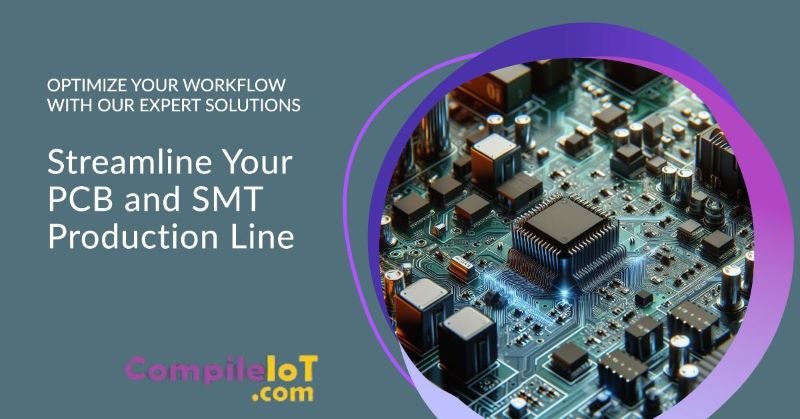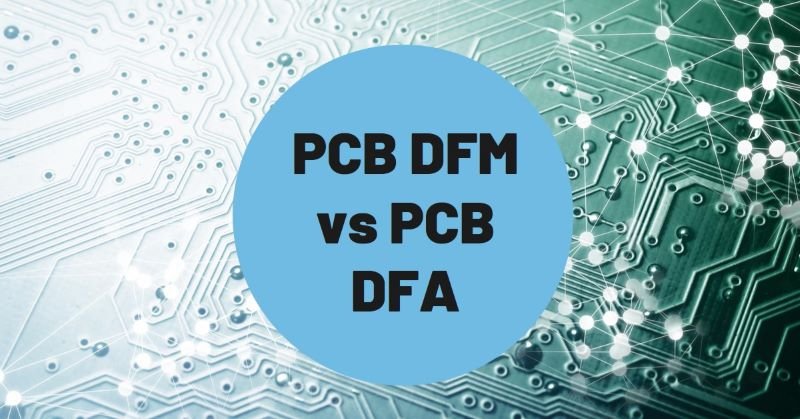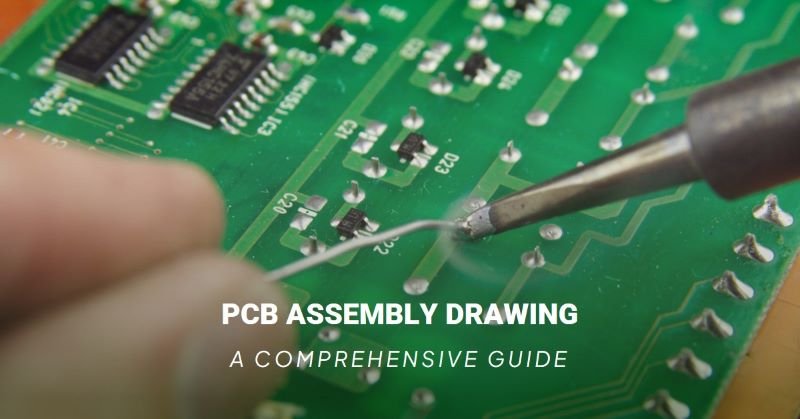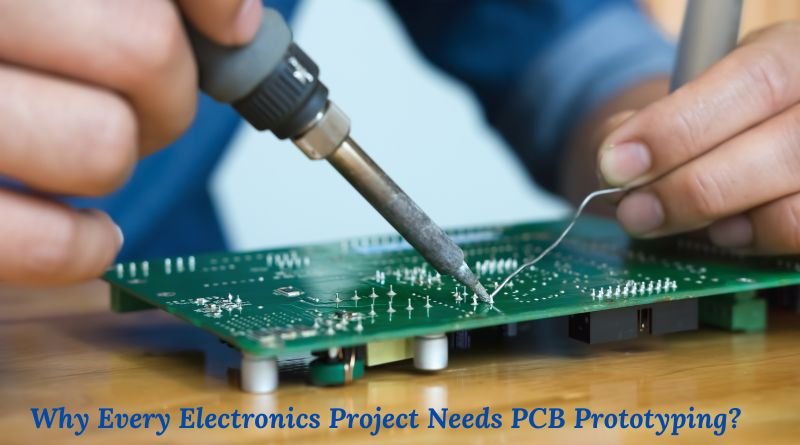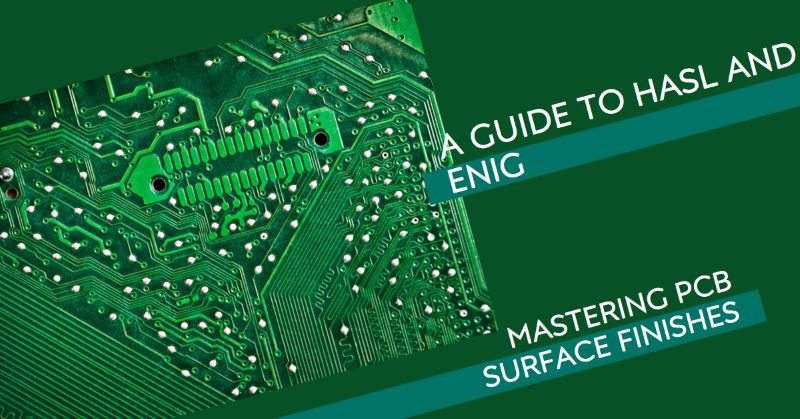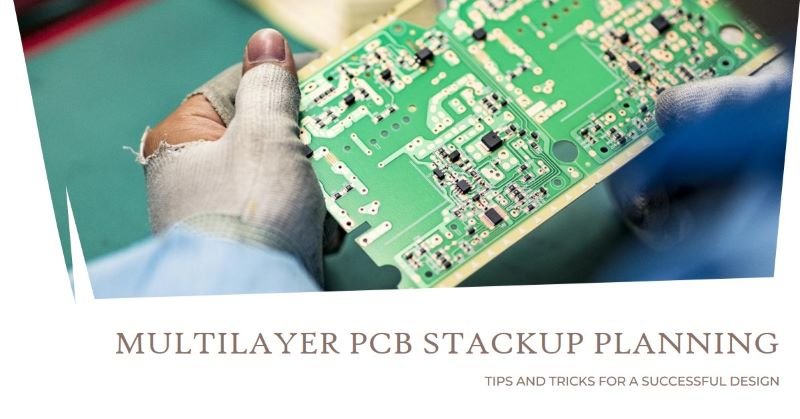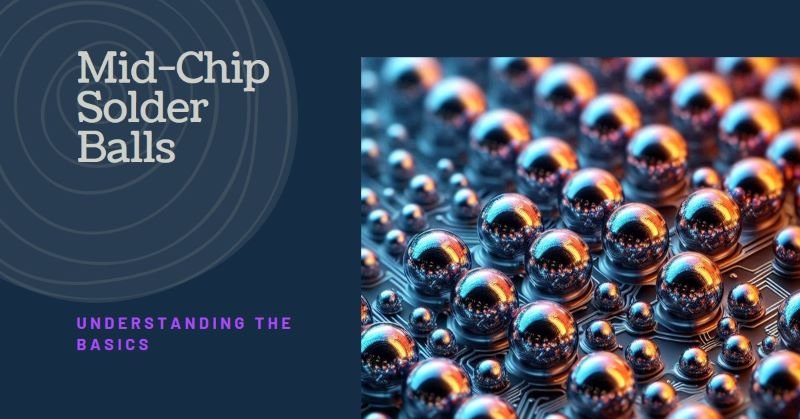AOI in PCB and SMT Production Line
Introduction to AOI in PCB and SMT Production Line
Automated Optical Inspection (AOI) is an essential part of the Printed Circuit Board (PCB) and Surface Mount Technology (SMT) production line. It plays a crucial role in ensuring the quality and reliability of electronic devices. In this blog post, we will explore the importance of AOI in PCB and SMT production, its benefits, and how it enhances the overall manufacturing process.
Evolution of Inspection Techniques
With the evolution of surface mounting technology (SMT) and the miniaturization of electronic components, PCB designs have become increasingly intricate, leading to a surge in the number of solder joints per board. Traditional testing methods, such as manual visual inspection, are no longer adequate to meet the demands of modern quality control. Enter AOI – a sophisticated system that leverages optics, image acquisition, and computer software to detect and analyze defects in real-time.
Understanding AOI
AOI systems employ high-resolution CCD cameras to scan and capture images of PCBs from various angles. These images are then compared to a reference, often referred to as the “golden board” or design specifications. AOI operates primarily through two methods: Design Rule Checking (DRC) and Image Recognition Technique. While DRC checks circuits against design requirements, the Image Recognition Technique compares captured images with stored digital references. The latter method has gained prominence due to its adaptability to evolving PCB design standards and advancements in image processing technology.
Applications in PCB and SMT Production
- PCB Manufacturing Process: AOI plays a crucial role post-etching, where defects such as line width violations, spacing irregularities, and circuit abnormalities are scrutinized. While AOI effectively identifies most defects, factors like dust and material reflectivity can lead to occasional false calls. Hence, manual visual inspection serves as a complementary step to ensure thorough defect detection.
- SMT Assembly Process:
- Solder Paste Printing: AOI detects issues like improper paste volume, shape deformities, and bridging post-solder paste printing, reducing the occurrence of assembly defects.
- Pre-reflow: Before reflow soldering, AOI verifies component placement accuracy, polarity, and presence, ensuring error-free assembly.
- Post-reflow: AOI inspects solder joint quality and component alignment, offering comprehensive quality assurance post-assembly.
Future Trends in AOI
- Enhanced Measurement Accuracy: Future AOI systems will boast improved detection algorithms and reduced misjudgment rates, potentially adopting stereo imaging for enhanced defect detection.
- Advanced Color Image Processing: Leveraging RGB lighting and 3CCD cameras, future AOI systems will excel in color image processing, aiding in the identification of diverse defect conditions.
- Transition to 3D Technology: As electronics trend towards miniaturization, 3D AOI will emerge as the mainstream, providing volumetric height information and comprehensive defect detection across all dimensions.
Application of AOI in PCB Production
In the PCB production process, AOI plays a crucial role in ensuring the quality and reliability of the final product. Here are some key applications of AOI in PCB production:
1. Component Placement Verification
One of the primary applications of AOI is to verify the correct placement of components on the PCB. AOI systems capture high-resolution images of the PCB and compare them to the reference design to detect any discrepancies. This helps to identify missing or misplaced components, ensuring that the PCB is assembled correctly.
2. Solder Joint Inspection
AOI is also used to inspect the quality of solder joints on the PCB. It can detect issues such as insufficient solder, excessive solder, solder bridges, or solder voids. By identifying these defects, AOI helps to ensure the integrity of the connections between components and the PCB, preventing potential failures or malfunctions.
3. Electrical Testing
Some advanced AOI systems can perform electrical testing on the PCB to verify its functionality. These systems can simulate electrical signals and measure the responses of the components on the PCB. By conducting electrical tests, AOI can identify any faulty components or circuits, allowing manufacturers to rectify the issues before the PCB is shipped.
Application of AOI in SMT Production Line
In the SMT production line, AOI is used to inspect the soldering quality of surface-mounted components. Here are some specific applications of AOI in the SMT production process:
1. Solder Paste Inspection
Before the components are placed on the PCB, solder paste is applied to the pads to create the solder joints. AOI systems can inspect the quality of the solder paste deposition, ensuring that the right amount of solder paste is applied and that there are no defects such as insufficient or excessive solder paste, bridging, or misalignment.
2. Component Placement Verification
Similar to PCB production, AOI is used in the SMT production line to verify the correct placement of components. It compares the actual placement of components with the reference design, detecting any discrepancies and ensuring accurate component placement.
3. Solder Joint Inspection
AOI plays a critical role in inspecting the quality of solder joints on surface-mounted components. It can detect issues such as solder bridges, insufficient solder, excessive solder, or misaligned components. By identifying these defects, AOI helps to ensure the reliability and functionality of the SMT assemblies.
The Role of AOI in PCB and SMT Production
AOI plays a vital role in ensuring the quality and reliability of PCBs and SMT assemblies. By detecting and identifying defects early in the production process, it helps prevent faulty products from reaching the end-users. Some of the key benefits of AOI in PCB and SMT production include:
1. Improved Quality Control
AOI systems provide a comprehensive inspection of PCBs and SMT assemblies, ensuring that all components are correctly placed and soldered. It helps identify defects that may not be visible to the human eye, such as hairline cracks, solder bridges, and insufficient soldering. By detecting these issues early on, manufacturers can take corrective actions and improve the overall quality of their products.
2. Increased Efficiency
AOI systems can inspect PCBs and SMT assemblies at a much faster rate compared to manual inspection. This significantly increases the production efficiency and reduces the time required for quality control. With AOI, manufacturers can achieve higher throughput and meet the demands of the market without compromising on quality.
3. Cost Savings
By detecting and rectifying defects early in the production process, AOI helps minimize rework and scrap. This leads to significant cost savings for manufacturers, as they can avoid the expenses associated with repairing or replacing faulty products. Additionally, AOI reduces the likelihood of product recalls, which can be extremely costly for companies.
4. Process Optimization
AOI provides valuable data and insights into the production process. Manufacturers can analyze the inspection results to identify trends, common defects, and areas for improvement. This data-driven approach allows them to optimize their manufacturing processes, reduce defects, and enhance overall productivity.
Implementing AOI in PCB and SMT Production
Implementing AOI in PCB and SMT production requires careful planning and consideration. Here are some key steps involved in integrating AOI into the manufacturing process:
1. Selection of AOI System
Choosing the right AOI system is crucial to ensure accurate and reliable inspection. Manufacturers need to consider factors such as inspection speed, resolution, defect detection capabilities, and ease of integration with existing production equipment. It is advisable to work closely with AOI suppliers to select a system that meets the specific requirements of the production line.
2. Integration with Production Line
Once the AOI system is selected, it needs to be seamlessly integrated into the PCB and SMT production line. This involves connecting the AOI system with other equipment such as pick-and-place machines and reflow ovens. Proper calibration and alignment of the AOI system are essential to achieve accurate inspection results.
3. Training and Maintenance
Operators and technicians involved in the production line need to be trained on how to operate and maintain the AOI system. This includes understanding the system’s features, setting up inspection parameters, and interpreting the inspection results. Regular maintenance and calibration of the AOI system are necessary to ensure optimal performance and accurate defect detection.
Conclusion
Automated Optical Inspection (AOI) plays an important role in ensuring the quality and reliability of PCBs and SMT assemblies. By detecting and identifying defects early in the production process, AOI helps improve quality control, increase efficiency, and achieve cost savings. Implementing AOI requires careful planning, selection of the right system, and proper integration with the production line. With AOI, manufacturers can enhance their manufacturing processes and deliver high-quality electronic devices to the market.
